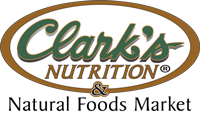Gluten Free
What does following a gluten-free diet mean? That you're embarking on an easy diet with a wide range of health-promoting effects. Instead of dwelling on what you’re giving up, consider that you’re going to enjoy a whole new world of delicious food options to meet your special dietary needs. You’ll be eating seasonally, choosing more fresh fruits and vegetables, focusing on meats, seafood, poultry, legumes, lentils, corn, and rice, and discovering fascinating ancient grains such as quinoa, amaranth, and millet. You’ll be able to eat potatoes, eggs, most cheeses, even chocolate (!)—and enjoy them without guilt because you’ll be taking good care of your body. In fact, you’ll probably end up eating—and feeling—better than ever!
Visit this page for more information about living Gluten Free
---
We carry a large variety of gluten free items, the brands listed below represent just some of the offerings we carry


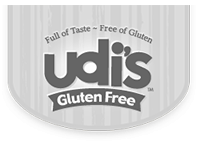




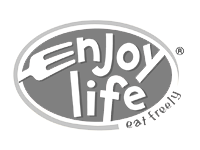
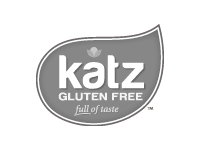



Raw Foods
“Raw” is all the rage these days, but what does it mean to eat raw? And is it possible to get enough protein and other nutrients while following a raw diet?
Raw foods are those that have not been heated above 108°F to 118°F
Raw, defined
Most raw foodists eat only plant-based (vegan) foods, including vegetables, fruits, nuts, seeds, legumes, and seaweed. Raw foods are those that have not been heated above 108°F to 118°F, depending on who you talk to. The logic behind this is that many of the nutrients in foods are extremely sensitive to heat. This is especially true of the water-soluble vitamins, like the B-vitamins, folate, and vitamin C. As Katie McDonald, a raw food chef and certified Holistic Health Coach in Rhode Island puts it, “The more you do to a food, the less it does for you.”
Raw food advocates also look to the enzyme content of raw foods, saying that cooking destroys delicate enzymes that could otherwise go toward improving the digestion of the foods you’re eating.
---
In addition to our always fresh produce, we carry many more raw foods throughout our stores. Look for these brands and our Raw Foods section for more.

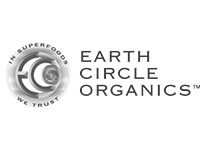

More Diets
What Are Hydroponic Vegetables and How Nutritious Are They?
Hydroponic plants are grown sans soil. Instead, they’re grown in nutrient-infused water or in a non-soil medium flushed with nutrient-infused water. And because hydroponically-grown vegetables are showing up in some produce aisles, a recent article in the New York Times raised the question of whether they’re nutritious. The conclusion? Hydroponically-grown vegetables can contain as many nutrients, if not more, than soil-grown ones. This is because, as long as the water contains the right nutrients, plants make their own vitamins—regardless of whether they’re grown in water or soil. Minerals are the one thing plants can’t make on their own; however, customized nutrient solutions can help address this problem. Any mineral, be it zinc, calcium, or magnesium, can be added to the solution, making these plants (according to some), “nutritionally superior” to soil-grown ones.
Even though certain hydroponically-grown vegetables have been tested and found to be sufficient for nutrient content, not everyone agrees they’re the best way to go. One critic argues that hydroponics assume plants only need certain nutrients, whereas soil might provide a host of other nutrients or supporting interactions we don’t yet understand. Plants may also fail to develop nutrients aside from vitamins, like antioxidants, because they’re subject to less stress without the presence of soil-borne pathogens. That being said, don’t let a hydroponically-grown vegetable discourage you from eating it. Whatever the ultimate conclusion about hydroponic vegetables turns out to be, they’re still vegetables, and therefore a healthy choice.
Source: New York Times and Rodale’s Organic Life
Copyright © 2025 TraceGains, Inc. All rights reserved.

